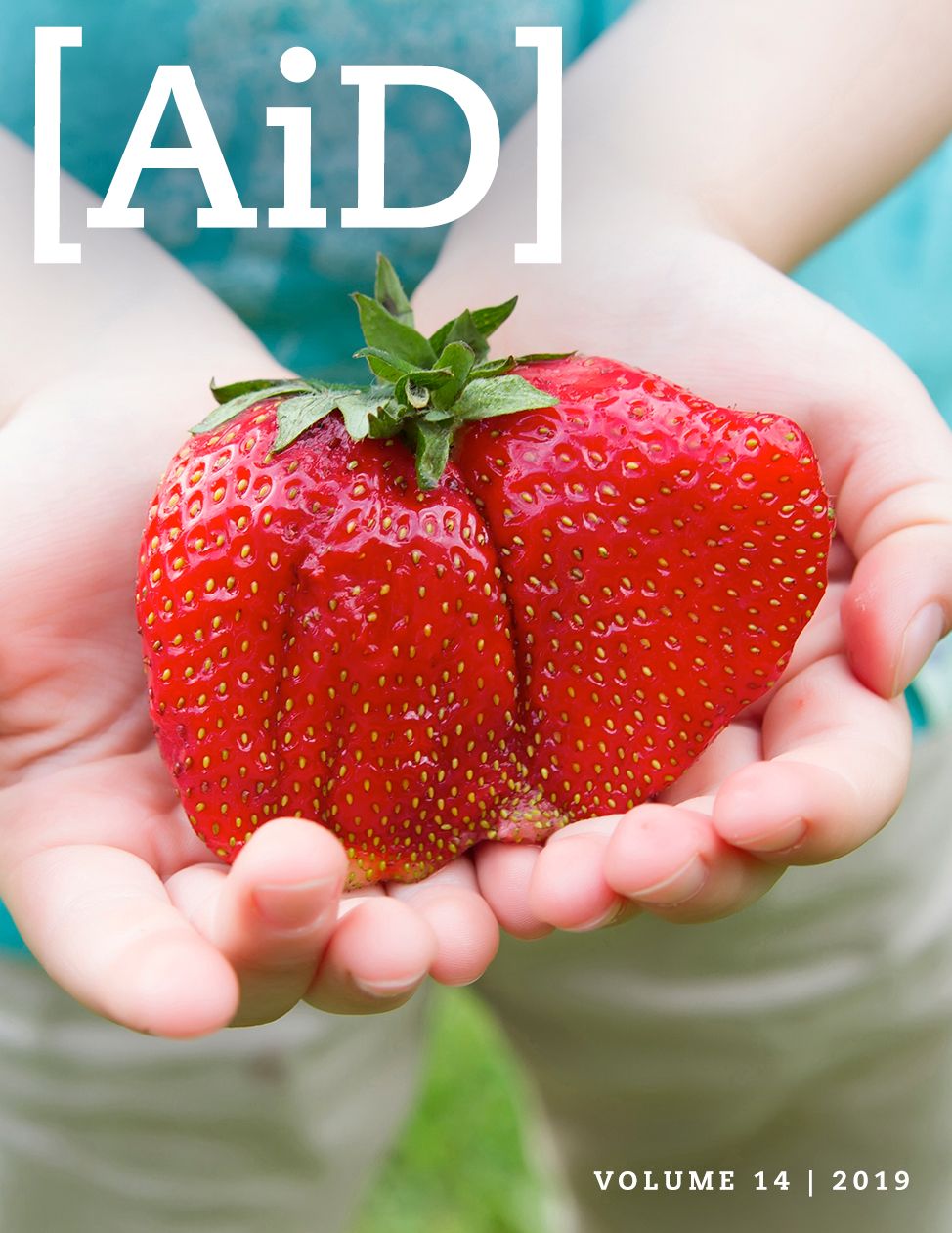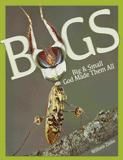
Honey Bee Medicine
Abstract
It has been discovered that ingested double-stranded microRNAs (corresponding to genes from multiple sources including protein-coding genes, non-coding RNA, transposable elements from viruses, bacteria, fungi, and bees) are found to be immunity-boosting supplements in worker and royal jellies. When certain diseases threaten the hive, workers were found to secrete these microRNAs (miRNAs) into these jellies from their food glands which are then fed to future workers or queens. Some miRNAs from the flowers bees visit have a regulatory role in both the flowering plant and in the bees. In plants, they regulate gene expression in leaf and flower development, but in bees, some of these miRNAs are added to beebread preventing beebread-fed larvae from developing into queens. A creationist perspective sees this kind of dynamic, specified complexity of miRNAs as something that inspires adoration toward the One who designed and created it. When we see the coordinated and dynamic interplay of these miRNAs within and between the same and very different species while spanning all different levels of biological organization and exhibiting different biological functions, it can be nothing other than intelligent design of an exceedingly high degree.
At-A-Glance
- Ingested microRNAs from multiple sources can confer immunity to certain diseases in honey bees.
- These immune-boosting miRNAs are passed to adults and larval bees through worker and royal jellies.
- Plant miRNAs responsible for leaf and flower development can also determine worker caste development when added to beebread.
- These highly integrated multi-functional miRNAs manifests the glory and wisdom of God.
For a long time, RNA molecules were assumed to just being involved in the process known to biologists as the Central Dogma, in which mRNA carried the informational code from the DNA to the ribosomes, and transfer RNA (tRNA) along with ribosomal RNA (rRNA) were the essential helpers during this highly complex process at the ribosome called translation. This resulted in the production of proteins. But now we know that RNAs have many other occupations that are quite different from their well-known roles in protein synthesis.
It was recently discovered by Maori and collaborators that double-stranded microRNA (miRNAs) fed to honey bees conferred resistance to certain viral diseases that they were exposed to. It worked through a process called “RNA interference”: a molecular mechanism whereby ingested RNA actually silences certain genes. Silencing certain genes stimulates an immune response that helps protect the bees from the disease.
Many more details need to be worked out, but something particularly curious about this experiment was that even after the RNA-fed bees died, the next generation of bees was also immune. This suggested that somehow these bees were able to share their immunity before they died. It is now known that they were able to transfer these miRNAs into worker jelly and royal jelly. How? Ingested miRNAs are absorbed from the gut into the hemolymph (insect blood). As the hemolymph circulates through the bee’s body, these miRNAs are captured by food glands (hypopharyngeal and mandibular glands near the mouthparts) involved in making two kinds of brood food. These glands then add the miRNAs to the worker and royal jellies as a sort of immunity-boosting supplement which is fed to the bee larvae so that both castes of bees in the next generation are protected from possible infection.
This experiment unveiled several interesting facts. Ingested miRNAs could confer immunity not only to the bees that ingested it but also to the entire hive. It could be spread to both other adult bees and the larval brood by trophallaxis. It was previously known that miRNAs could be transported between cells in the same individual but this was the first documented instance where miRNAs could be transmitted between individuals of the same species.
Not only can honey bees add ingested miRNA (originating from pathogens; bacteria, viruses, and fungi) to the worker and royal jellies, the complexity doesn’t stop there. RNAs are delicate and easily degraded in the environment. The bees are also able to make special RNA-binding proteins (MRJP-3) that form granules less susceptible to breaking down. Bees also manufacture a glue-like substance that further protects these granules during trophallaxis from bee to bee or bee to larva. So, in review, these miRNAs stimulate immunity through RNA interference (silencing certain genes).
Contrivance
There is another twist to double-stranded miRNAs (pun intended). The origin of other miRNAs can be traced to the flowering plants from which the workers gather pollen and nectar, the main ingredients in beebread.1 Larvae fed on beebread are destined to become sterile worker bees. It turns out that these plant miRNAs in the beebread are preventing the larvae from developing into queens. Interestingly, the same miRNAs within the plant of origin help control gene expression in flower development including floral size, shape, and color.
William Paley, author of Natural Theology (1802) and early champion of intelligent design, often used the word contrivance to describe many exquisite features of human and animal anatomy and physiology. One online definition is “a thing which is created skillfully and inventively to serve a particular purpose.” When we consider the exceedingly sophisticated interplay between virus, bacteria, fungi, flowering plant, and honey bee miRNAs, we see contrivance of the highest order:
- Immunity-boosting supplements in worker and royal jellies
- Digestive and circulatory mechanisms to transport ingested miRNAs to food glands for adding these molecular regulators to the worker and royal jellies
- Dual-purpose miRNAs for leaf and floral gene regulation in plants and caste determination in bees (via miRNA supplements in beebread), not to mention the behavioral programming that enables bees to instinctively know what fraction of the brood is to be fed beebread and when to add it
- RNA interference at the molecular level: these miRNAs are designed to normally bind to specific mRNAs thus preventing translation—not just random mRNAs, but mRNAs that must not be translated to increase immunity
- All these contrivances boost colony immunity in the present and in the future
- And this is not the half of it!
There are many more nuances and intricacies yet to be revealed. But even at the level we currently know, intelligent design is the understatement of the century. This level of divine elegance, sophistication, dynamic engineering, integration, and foresight spans every level of biological organization: the molecular, cellular, tissue, organ, organ system, population, and ecosystem levels. All these interactions are purposeful, specified, complex, informational, integrated, and coordinated. Naturalists are gifted at highlighting how everything here is a selective advantage and thus survived. Of course all this is a selective advantage but natural selection, selects; it never creates.
References:
Maori Eyal et al. “A Transmissible RNA Pathway in Honey Bees.” Cell Reports 27, no. 7 (2019): 1949–1959. https://doi.org/10.1016/j.celrep.2019.04.073
Maori Eyal et al. “A Secreted RNA Binding Protein Forms RNA-Stabilizing Granules in the Honeybee Royal Jelly.” Molecular Cell 74, no. 34 (2019): 598–608. https://doi.org/10.1016/j.molcel.2019.03.010
Paley, William. Natural Theology. Rev. ed. 1802. in Oxford World’s Classics. Oxford: Oxford University Press, 2008.
Zhu Kegan et al. Plant microRNAs in larval food regulate honeybee caste development. PLoS Genetics 13, no. 8 (2017): e1006946. https://doi.org/10.1371/journal.pgen.1006946
Answers in Depth
2019 Volume 14
Answers in Depth explores the biblical worldview in addressing modern scientific research, history, current events, popular media, theology, and much more.
Browse VolumeFootnotes
- A food staple for workers and larvae that is composed of honey or nectar and pollen.
Recommended Resources

Answers in Genesis is an apologetics ministry, dedicated to helping Christians defend their faith and proclaim the good news of Jesus Christ.
- Customer Service 800.778.3390
- © 2024 Answers in Genesis


